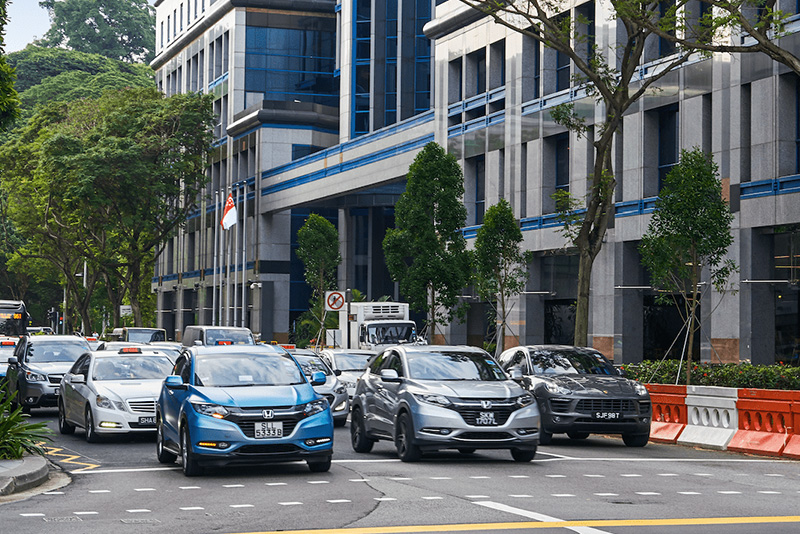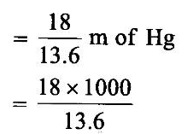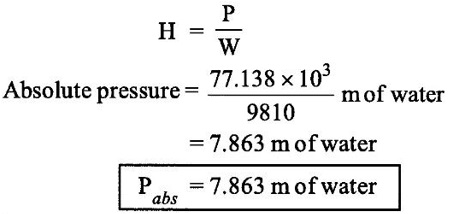At what age can you drive in Singapore?
How can I apply for a Qualified Driving License (QDL) online?
Do I have to apply for a new QDL if I want to upgrade my licence class?
What if I have lost my SG driving licence? Can I get a replacement?
What if I find my lost licence after filing for the replacement?
What are the various driving licence classes?
Class 1 vehicles consist of motor vehicles that do not exceed 250 kilograms in weight and which are specially designed and constructed, and not merely adapted, for the use of persons suffering from some physical defect or disability and are used solely by those persons.
Class 2 vehicles consist of motorcycles with a cylinder capacity that exceeds 400 cubic centimetres.
Class 2A vehicles consist of motorcycles with a cylinder capacity that exceeds 200 but does not exceed 400 cubic centimetres.
Class 2B consist of motorcycles with a cylinder capacity that does not exceed 200 cubic centimetres, or motorcycles which are propelled by electric motors and registered as motor cycles under the Road Traffic (Motor Vehicles, Registration and Licensing) Rules (R5).
Class 3A vehicles consist of any class 3 vehicle which can be driven without the use of a clutch pedal.
Class 4 vehicles consist of heavy motor cars and motor tractors, the weight of which exceeds 2,500 kilograms.
Class 4A vehicles consist of heavy motor cars which are omnibuses, that is to say, public service vehicles which are used on scheduled services and in which passengers are charged separate and distinct fares.
I hold a foreign driving licence. Can I drive in Singapore?
Singapore Citizens and Permanent Residents (PRs): If you are a Singapore Citizen or PR, you can drive with your foreign driving licence for up to 12 months from the date of your last entry into Singapore.
Foreigners on Long-term Visit Pass (LTVP) or Student Pass: If you are a foreigner on LTVP or Student Pass, you can drive with your foreign driving licence for up to 12 months from the date of your first entry into Singapore. After the validity period of your foreign driving licence has expired, you will need to convert it to a Singapore driving licence to continue driving legally in Singapore.
How can I convert my foreign driving licence to Singapore's driving licence?
Obtain a Conversion Test Booklet: You can obtain a Conversion Test Booklet from any driving school in Singapore.
Pass the Basic Theory Test (BTT): You will need to pass the BTT, which covers the traffic rules and regulations in Singapore.
Pass the Practical Driving Test (PDT): After passing the BTT, you will need to schedule and pass the PDT, which assesses your practical driving skills.
Complete the Conversion Process: Once you have passed the BTT and PDT, you can proceed to complete the conversion process, in person, at the Traffic Police Driving Test Centre counter located in the driving centres. You will need to provide the necessary documents, such as your valid foreign driving licence, identification documents, and proof of residency status, and pay the conversion fee.
It's important to note that the conversion process may vary depending on your nationality and the country where your foreign driving licence was issued. You may need to undergo additional tests or provide additional documents, so it's best to check the specific requirements with the Traffic Police.
I am a foreigner and I have lost my licence. What should I do?
How can I renew my motorcycle or car licence in Singapore?
Receive a Renewal Notice: The Traffic Police will send you a renewal notice by mail or email before your licence expires, indicating the renewal period and the documents required.
Complete Medical Examination: If you hold a Class 2, Class 3, or Class 4 licence, you will need to undergo a medical examination by a Singapore-registered medical practitioner and obtain a Medical Examination Report.
Submit Documents and Pay Renewal Fee: You will need to submit the necessary documents, such as your renewal notice, Medical Examination Report (if applicable), identification documents, and pay the renewal fee at a Traffic Police e-service kiosk or online through the SPF e-services portal.
Collect Renewed Licence: Once your renewal application is approved, you can collect your renewed licence at the Traffic.
That’s it – Now You’re a Fully Licensed Driver!
You are finally ready to fire up your Honda or Vespa and drive out. It is great to own a new vehicle and the feeling is incomparable when your driving licence in Singapore arrives, but riding every day without basic car or motorcycle insurance is like placing a ticking time bomb on your hard-earned savings.
Of course a comprehensive insurance plan with a slightly higher premium is the better option. From a simple dent to major accidents, the best Singapore motorcycle and car insurances cover all. Then, you can really enjoy your ride without worries.
DirectAsia has one of the best car and motorcycle insurance plans in Singapore. With a customer satisfaction rate of over 90%, the insurance coverages are specifically designed to meet your needs. Plus, we offer NCD25 to NCD30 in motorcycle insurance and up to NCD60 for car insurance - the highest in the town!
Get a quick quote from DirectAsia as you apply for your driving licence in Singapore, to ensure you ride out insured and drive smart.















